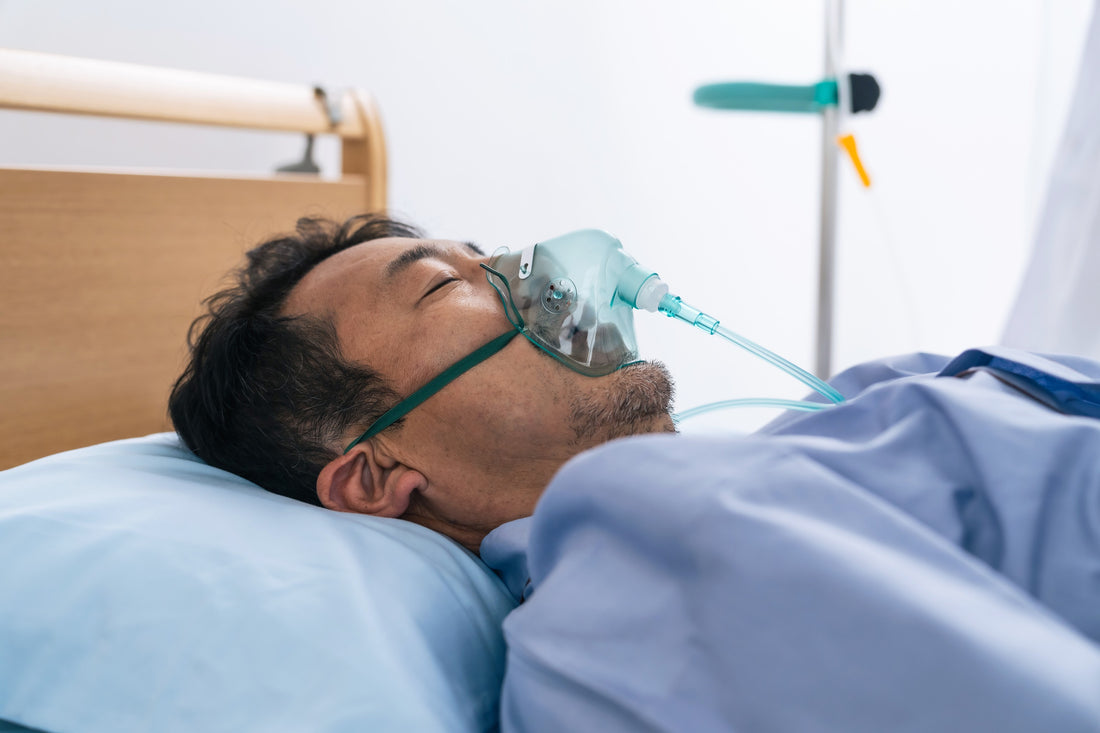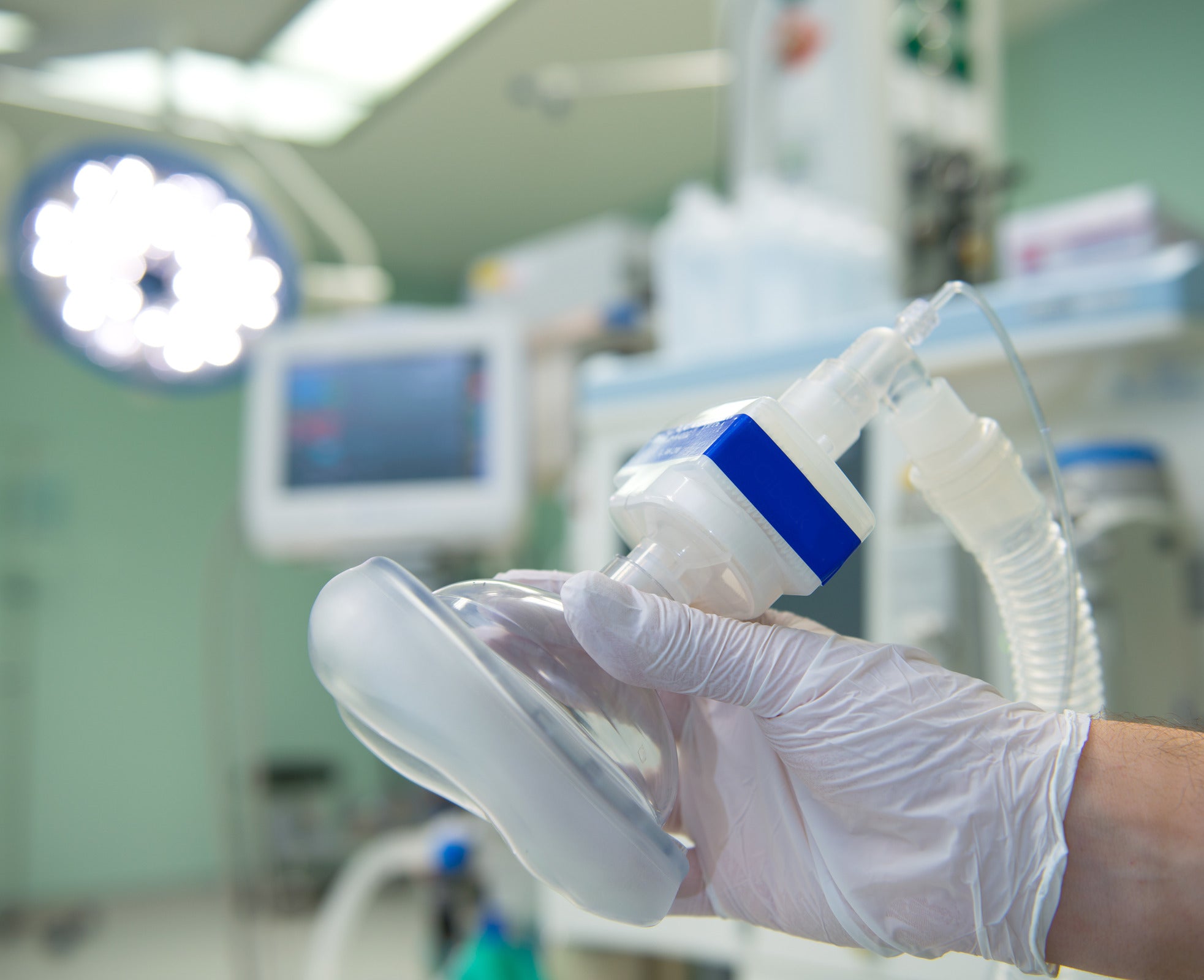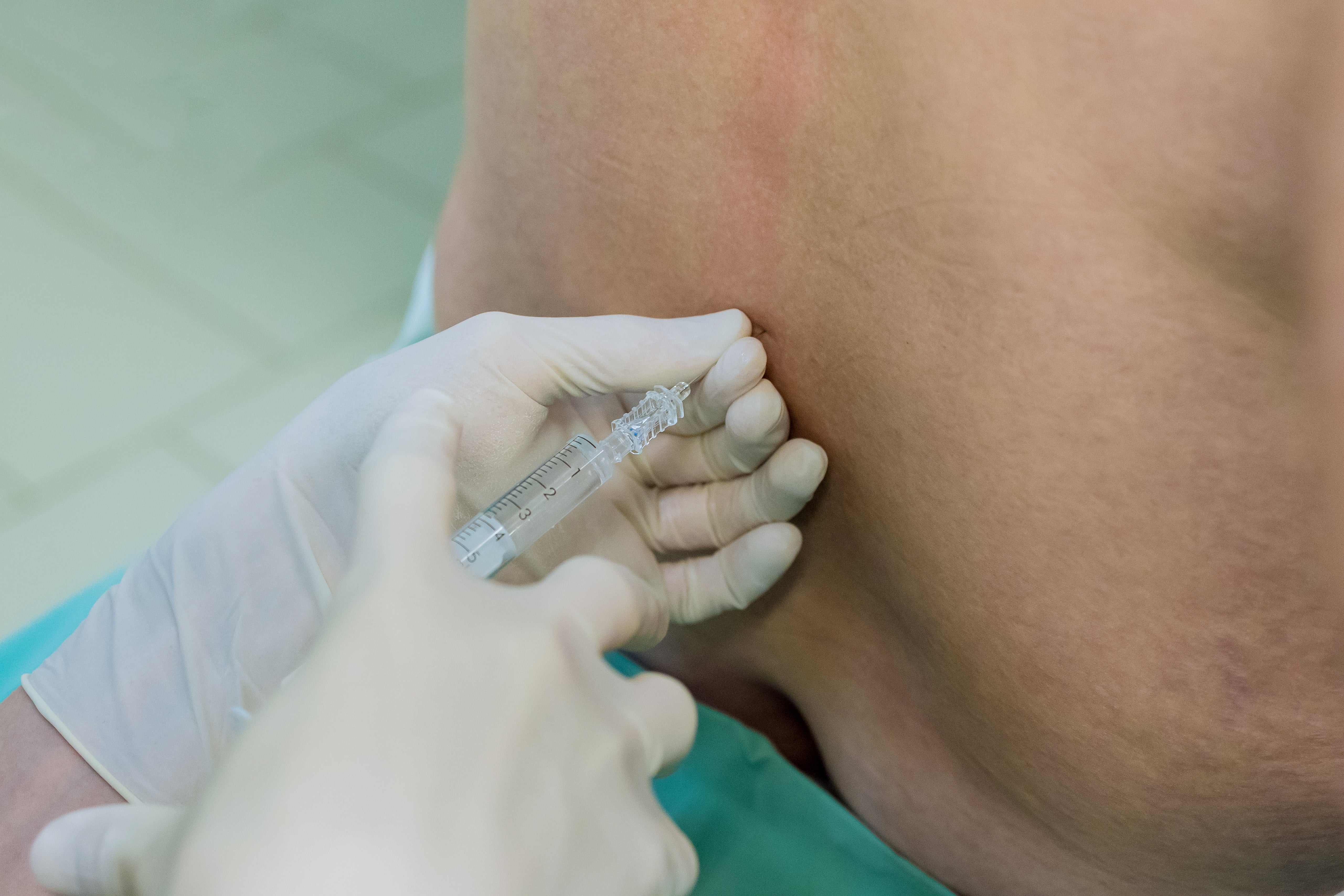One of the most alarming risks is the potential for not waking up after anesthesia.
The most common early neurologic problems following general anesthesia are failure to awaken and delayed awakening. The risk of prolonged postoperative coma following general surgery is estimated at 0.005 to 0.08 percent. Cardiac surgery is associated with a greater risk.
This blog post will delve into the statistics, causes, and implications of not waking up after anesthesia while exploring how medical advancements have significantly reduced the chances of this rare phenomenon.
How Rare Is It to Not Wake Up from Anesthesia: Statistics of the Risk and Facts that Affect

A safe and effective patient outcome is usually associated with anesthesia. Within this controlled medical environment, rare instances warrant scrutiny. Patients who do not wake up promptly after anesthesia experience delayed emergence. This segment explores the rarity of this occurrence through statistical insights and the factors that might influence its manifestation.
3 Statistics of the Risk
While generally marked by safety and precision, the realm of anesthesia presents a spectrum of potential risks, including the rare occurrence of not waking up post-procedure. We delve into the statistical landscape, quantifying the rarity of this phenomenon and investigating the multifaceted factors that influence its occurrence.
Actual Number of Incidences
When dissecting the true scope of not waking up from anesthesia, examining actual incidence numbers lends clarity to its rarity. While infrequent, understanding the raw data can provide insights into the broader context:
- Non-awakening patients are estimated to occur in about 1 in every 1,000 to 10,000 cases.
- These figures underscore the uncommon nature of the event, wherein the overwhelming majority of patients experience successful and timely recoveries.
Percentage of Patients Affected
In statistical analysis, percentages offer a visual representation of rarity. In the context of anesthesia not waking you up:
- The occurrence rate is approximately 0.01% to 0.1% of all anesthesia procedures.
- This minute fraction emphasizes the exceptional rarity of delayed emergence following anesthesia administration.
Comparison with Other Risks Related to Anesthesia
As with any medical procedure, it's crucial to contextualize risks relative to other potential complications. When juxtaposed against other anesthesia-related risks:
- Not waking up from anesthesia is rarer than common complications like nausea, vomiting, or allergic reactions.
- This stark comparison reaffirms the infrequency of delayed emergence and underscores its outlier status within anesthesia-related risks.

Factors Affecting the Risk
While the rarity of failing to awaken from anesthesia is evident, comprehending the underlying factors that shape its occurrence is equally paramount. Several variables intricately contribute to this risk, offering a comprehensive perspective on the phenomenon:
Age of the Patient: A Critical Variable
- Young children and elderly individuals tend to have a slightly higher risk due to metabolism and drug elimination differences.
- Age-related variations in drug response and physiology can influence the emergence process.
Health Condition of the Patient
- Associated health conditions, such as heart or lung diseases, can elevate the risk of delayed emergence.
- Chronic conditions may necessitate altered anesthesia dosages or techniques, impacting the recovery timeline.
Type and Amount of Anesthetic Used

- Different anesthetic agents and their dosages can affect the duration and depth of anesthesia, influencing the time required for emergence.
- Tailoring anesthesia to the patient's specific needs and condition can mitigate risks associated with delayed awakening.
Duration of Surgery
- Prolonged surgical procedures may correlate with an increased risk of delayed emergence.
- The cumulative effects of anesthesia may be more pronounced in lengthier surgeries, impacting the recovery timeline.
Training and Experience of the Anesthesiologist
- The proficiency of the anesthesiologist in administering and monitoring anesthesia can play a role in ensuring timely recovery.
- Adequate training and experience contribute to optimizing patient outcomes and minimizing risks.
Precautions and Safety Measures: Patient Well-being
Patient safety takes center stage in anesthesia, with meticulous precautions and measures to safeguard against rare occurrences such as delayed emergence. This section delves into the comprehensive strategies healthcare professionals employ to enhance patient safety and optimize outcomes throughout the anesthesia journey.
Preoperative Assessment and Screening
Before undergoing any medical procedure, it is essential to thoroughly assess the patient's health. During the preoperative assessment and screening, the anesthesia provider will review the patient's medical history, medications, and allergies or sensitivities.
This information will help the anesthesia provider determine the best course for the patient's anesthesia plan. Additionally, preoperative screening may identify any underlying health issues that could increase the patient's risk for complications while under anesthesia.
Capnography and Monitoring

After an anesthetic, capnography is used to measure the amount of carbon dioxide in the patient's breath. This helps ensure that the patient receives enough oxygen and that their respiratory system functions correctly.
Monitoring equipment tracks the patient's blood pressure, heart rate, and other vital signs. This allows the anesthesia provider to adjust the medication to maintain the patient's safety during the anesthetic.
Healthcare Team Communication and Coordination
Communication among healthcare team members is vital for ensuring the patient's safety during an anesthetic. The anesthesia provider, surgeon, and nursing staff must work together to ensure everything runs smoothly.
Additional healthcare providers may be involved, such as respiratory therapists or anesthesiologist assistants, based on the procedure's complexity. Each member is crucial in ensuring the patient receives the best possible care.
Anesthesia Awareness and Informed Consent
Before undergoing any medical procedure, patients must be informed of the risks and benefits of the system. Communication between the patient and the anesthesia provider is essential for explaining the anesthetic process, potential complications, and recovery. This information helps the patient to make an informed decision and understand the importance of following pre- and post-anesthetic instructions.

Consequences of the Risk: Navigating Outcomes with Diligence
In anesthesia, while delayed emergence is rare, it is essential to comprehend the potential consequences that can accompany this unique event. This section delves into the various possible outcomes and underscores the significance of vigilant precautions and ethical considerations.
Brain Damage and Cognitive Impairment

- In rare instances, prolonged exposure to anesthesia agents may contribute to brain damage or cognitive impairments.
- Vigilant monitoring and precise administration of anesthesia dosages are instrumental in minimizing the risk of adverse neurological effects.
Coma and Persistent Vegetative State
- Delayed emergence can lead to a coma or a persistent vegetative state.
- Adherence to stringent safety protocols, timely intervention, and continuous monitoring contribute to minimizing the likelihood of such extreme outcomes.
Legal and Ethical Issues
- Delayed emergence can raise legal and ethical questions, particularly when patient outcomes are compromised.
- Clear communication, adherence to established protocols, and collaborative decision-making within the healthcare team are essential in addressing legal and ethical dilemmas.
Conclusion
While not waking up after anesthesia is nerve-wracking, realizing how rare it is is essential. Based on the statistics and data, the likelihood of patients not waking up after anesthesia is relatively low. The risk is not entirely null, and medical professionals take every precaution to minimize this risk further.
The medical community has taken significant strides toward ensuring patient safety during anesthesia through advancements in monitoring technology and patient communication. With these measures, patients can be reassured that they are in safe hands during their surgical procedures.








![13 Top Anesthesia Side Effects & Potential Risks [covered]](http://drnumb.com/cdn/shop/articles/shutterstock_1781191736_1.jpg?v=1693284851)

